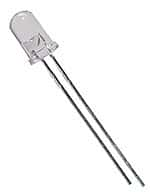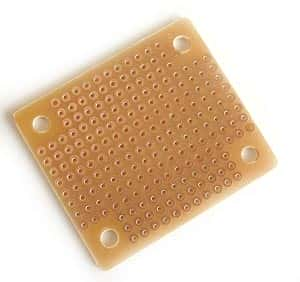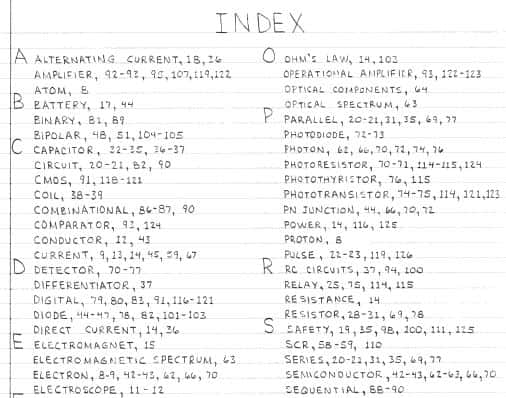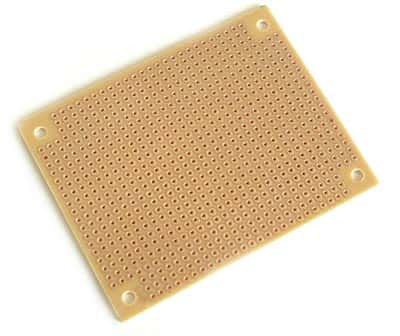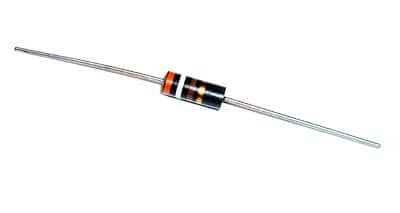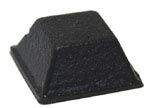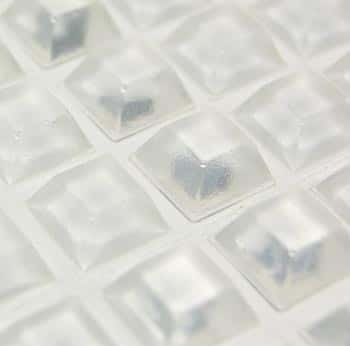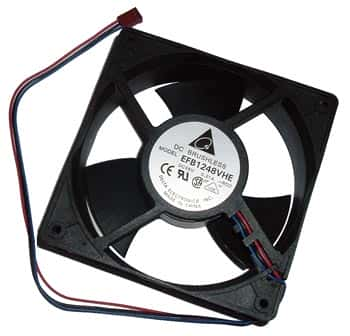Whether you are updating your office’s networking component needs or starting from scratch, there are many things to think about when you are considering wired vs wireless. For starters, ask yourself:
- How many people are on your network? How about in 2 years?
- How long will this system be in place? (any moves planned within 2 years?)
- How fast does the network/internet access need to be right now? How about in 2 years?
- What kind of files have to be moved across your network right now? How about in 2 years?
- How fast does this need to be done?
- Is this a temporary or permanent solution?
- What is your budget?
Wiring a space can be cost prohibitive – especially if this space is temporary, but if the budget is unlimited, then hard wiring could be the way to go for speed and security. Very often a combination of both wired and wireless are the best solution.


